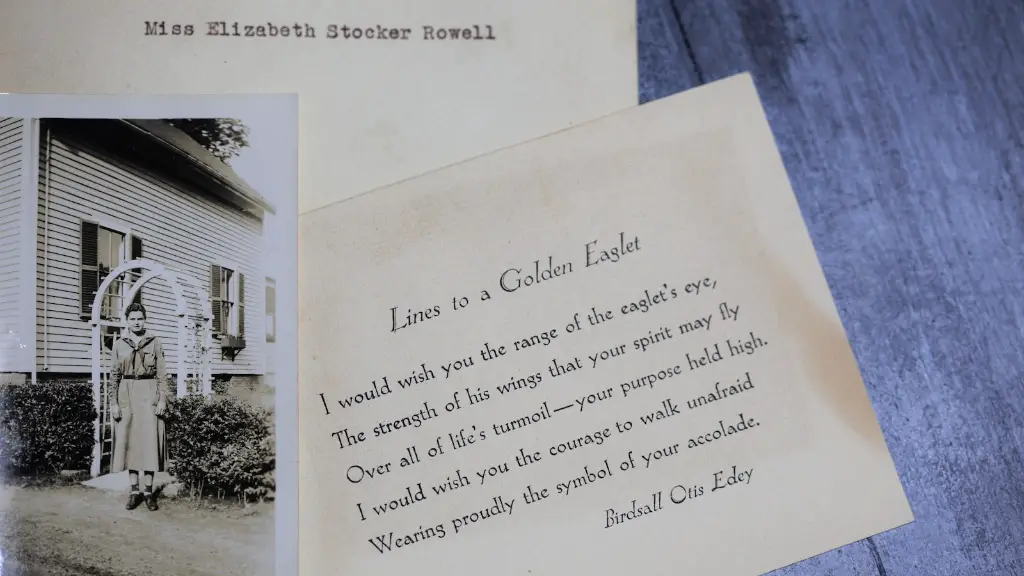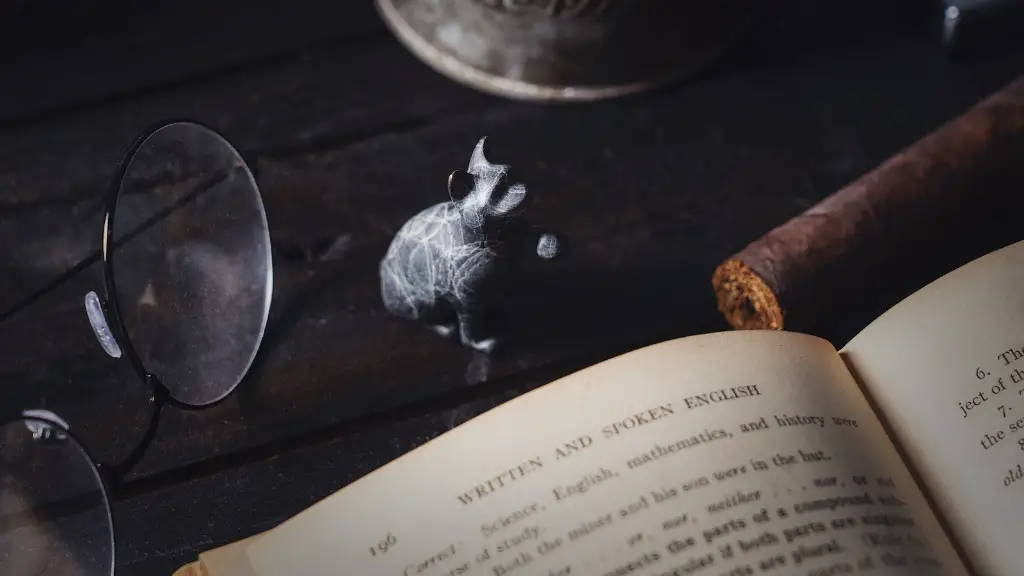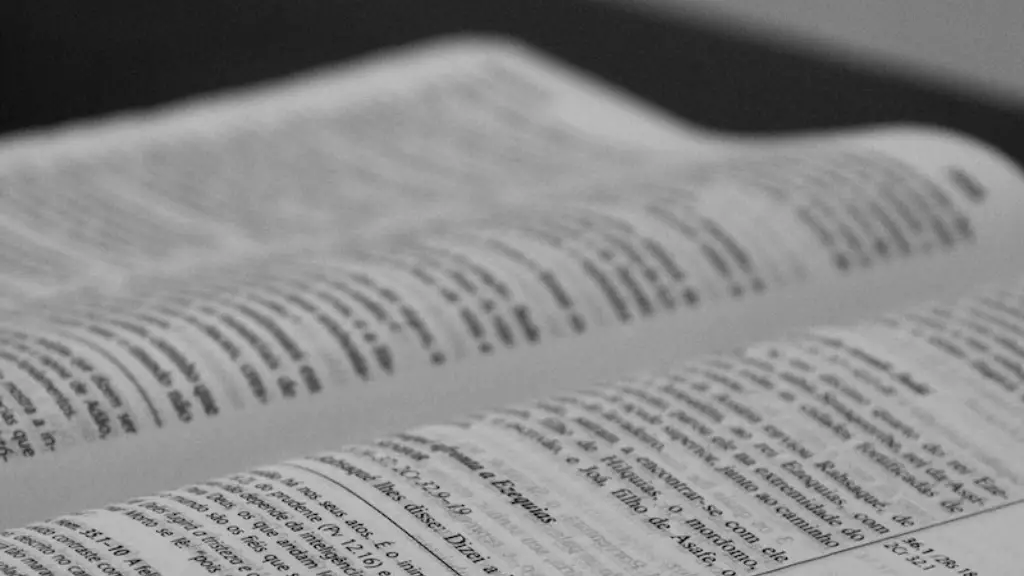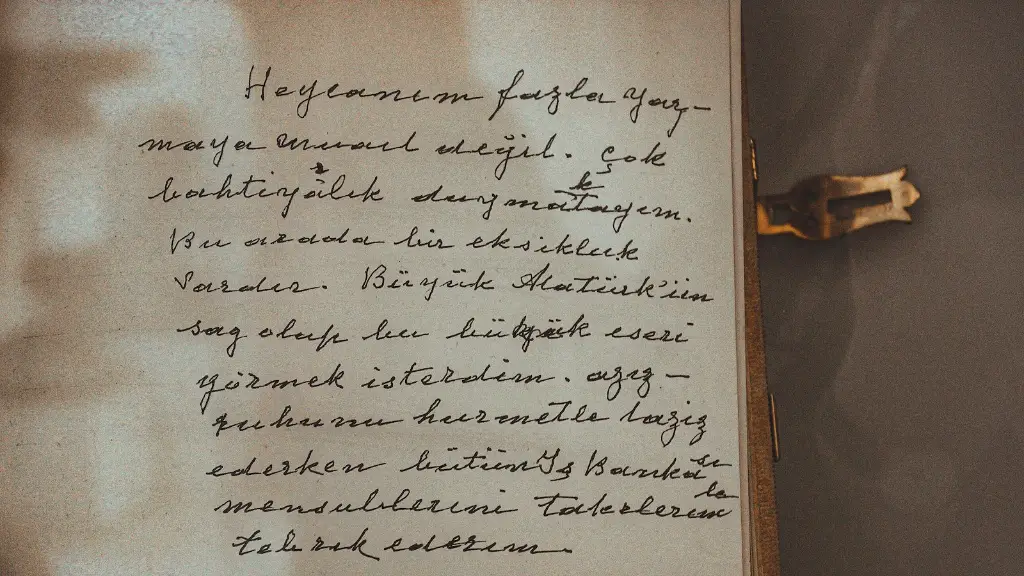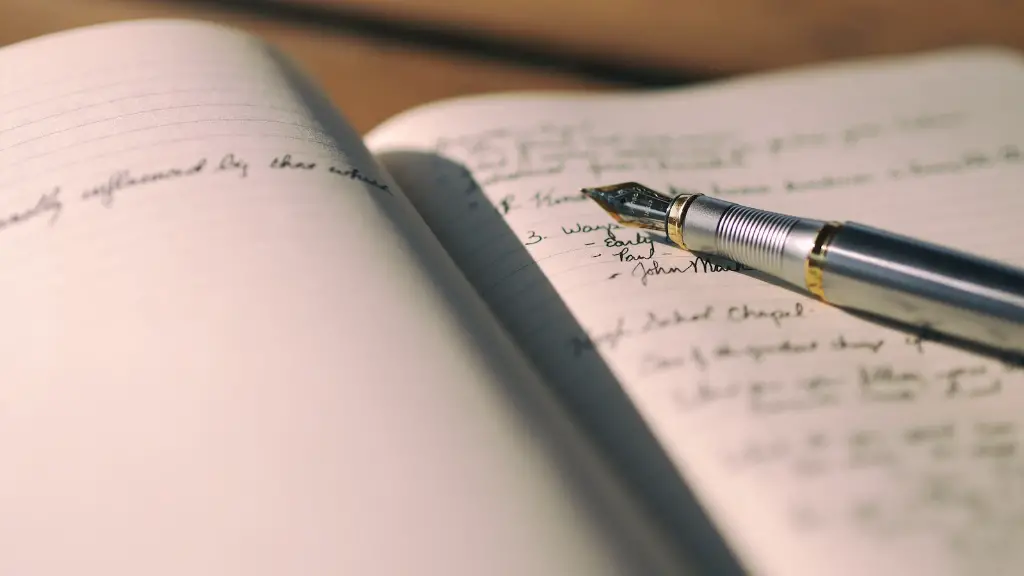Poetry is an art form encompassing a variety of forms and styles of expression. Form poetry involves a conscious decision to follow specific poetic conventions, such as those of rhyme, stanza, and metre. Poets practicing form poetry often take into account the history and tradition of earlier forms, as well as the innovations put forth by later poets. Form poetry is a way of creating art in which individuals express themselves while abiding by a predefined structure, resulting in a work that is both unique and aesthetically pleasing.
The main benefit of writing form poetry is its structure. By following a form, poets can focus on expressing their original thoughts and emotions within the confines of the format. Poets find traditional forms like sonnets reassuring, since the structure can act as a comforting structure to contain the chaotic energy of the poem. Since form poetry is based on rules, it can also be a great way to introduce a student to the basics of writing poetry.
Rhythm is another potent element of form poetry. By using repetition, for example, poets can give their poems an added musical quality as the reader makes predictions and finishes the verses. Aesthetically, the repetition can create a more pleasing poem, while from a thematic standpoint it can be used to emphasize a certain point.
At the same time, some poets may be hesitant about writing form literature. The structure of form poetry can be seen as a constraint on the creativity of the poet. There are, however, ways to work around this constraint. One way is to use the traditional form as merely a starting point. Poets can use the form as a departure point, filling it out and changing it according to their own idea.
To get the most out of form poetry, it is important to have a basic understanding of the rules. Knowing the difference between a sonnet and an ode, and between an Alexandrine and a terza rima can provide great insight into the traditional poetic forms.
Finally, it is important to keep in mind that form poetry is meant to be creative. Poets should not be afraid to break the rules, or to think outside the box, to create something wholly original.
Rhyme
Rhyme is an often used, traditional device in form poetry. In a basic sense, rhyme is the repetition of a sound at the end of two or more words. The rhyme pattern of the poem is the scheme by which the poet utilizes the sounds of words to create and repeat patterns throughout the work. Rhyme is often the tool that the poet uses to connect the overall structure of the poem, making it easier to follow.
Many forms of form poetry utilize rhyme as a structural device. In sonnets, for example, fourteen lines comprise the traditional form and a specific rhyme scheme underscores the entire work. While rhyme is often used in this way, it can also be used more subtly. Many poets use assonance, or a repetition of a sound, rather than a rhyme, to give the poem a more poetic, musical feel.
The use of rhyme, then, is an integral part of form poetry. By understanding the various possibilities of rhyme, poets can add texture and depth to their work, making it more alluring and engaging.
Metre
Metre is the arrangement of syllables in a line of poetry. Rather than the off-rhyme of the rhyme scheme, metre is the visible rhythm established through the syllables themselves. In form poetry, the metre carries a poetic form and affects the overall sound of the poem.
Metre relies on the combination of stressed and unstressed syllables, patterns that are described as feet. A “foot” is a combination of syllables that establish the rhythm of the poem. For example, an iamb is a foot which consists of one unstressed syllable followed by a stressed syllable. Iambs, then, are useful for crafting a gentle and lyrical rhythm to the poem.
Using the different types of feet, poets can create a kind of musicality in their poem. This musicality can provide an added aesthetic layer to the poem, as well as serve to unify the whole work. With an understanding of metre, poets can craft form poetry that is both lyrical and aesthetically pleasing.
Stanzabreak
The stanzabreak is the division of the poem into lines and stanzas. This division is an important part of form poetry and contributes to the development of theme, imagery, and characters. By breaking the poem into stanzas, the poet creates pause points, making it easier for the reader to take in the poem.
In form poetry, the division of the poem into stanzas is often an indication of the topic or sentiment of the poem. In a sonnet, for instance, form dictates the structure of the poem, with the division into quatrains and a couplet acting as a way to organize the separate ideas of the poem. By breaking the poem into quatrains and a couplet, the poet can create a poem that moves logically and progresses towards a larger conclusion.
The use of the stanza is also a way to add dynamics to the poem. By juxtaposing images, ideas, or themes over several lines and then separating them, the poet can make subtle shifts in the tone of the poem. This can provide a way to add dynamism to the poem, creating an exciting and engaging experience for the reader.
Imagery
Form poetry is highly dependent on imagery. Imagery is the use of figurative language to describe people, places, and events. Imagery can create vivid pictures in the readers’ minds, resulting in a more meaningful and evocative poem.
Imagery is an important aspect of form poetry for two reasons. Firstly, it helps to create a clear and vivid representation of the poem’s main ideas and themes. This detailed representation then serves as the foundation on which the poet builds the rest of the poem by adding structure and rhyme. Secondly, the imagery serves to create a greater connection between the poet, the reader, and the subject of the poem. By creating vivid mental images of the poem’s subject matter, the poet can allow the reader to understand and connect to the poem on a deeper level.
In form poetry, poets must carefully choose their imagery to ensure that the poem is engaging and evocative. By selecting images and figures of speech that are both vivid and relevant, the poet can create a powerful poem that speaks to the reader on a deeper level.
Forms
Forms are the predefined structures that poets use when creating form poems. These forms often contain a certain meter, rhyme scheme, and number of lines. Forms are an important part of form poetry, as they allow the poet to focus on creating a work of art that adheres to a specific structure, as well as to create a work that is both aesthetically pleasing and meaningful.
The most popular forms of form poetry include sonnets, villanelles, sestinas, and odes. Each of these forms has a specific structure and purpose, often involving a number of lines, stanzas, and a specific rhyme scheme. By understanding the forms, poets can easily incorporate them into their work, allowing them to focus on the writing itself. Form poetry can be a great tool for exploring new themes, ideas, and emotions, and can provide a great medium for self-expression.
Ultimately, form poetry is a powerful way to create heightened and meaningful literature that follows specific conventions. By understanding the history, structure, and devices of form poetry, one can create a work that is both beautiful and profound.
